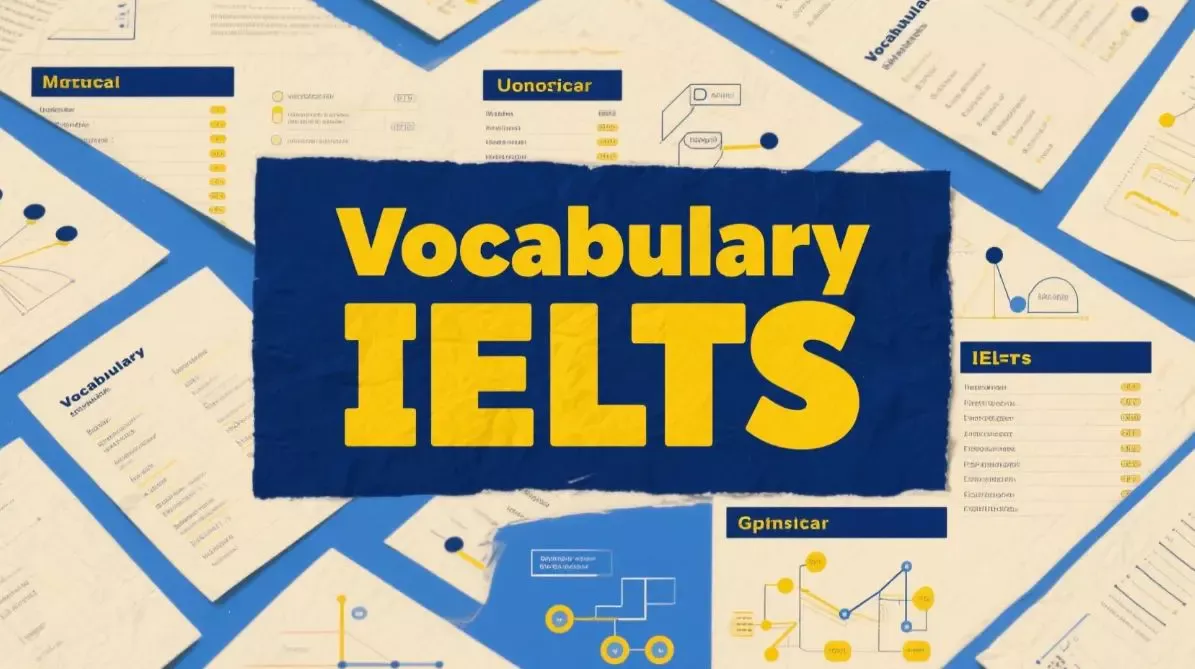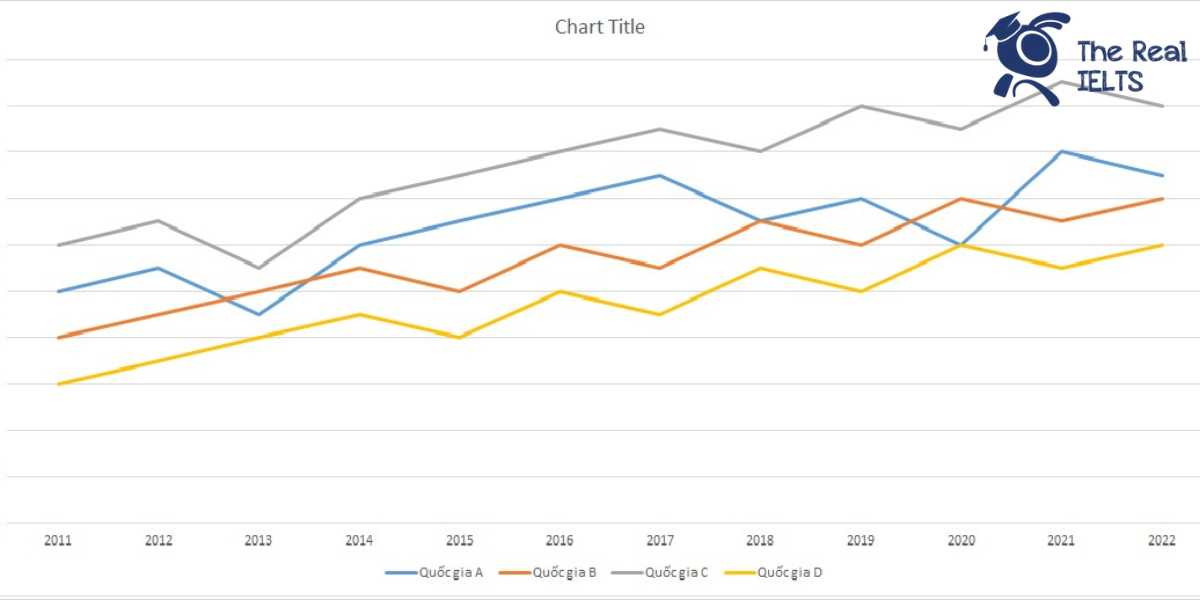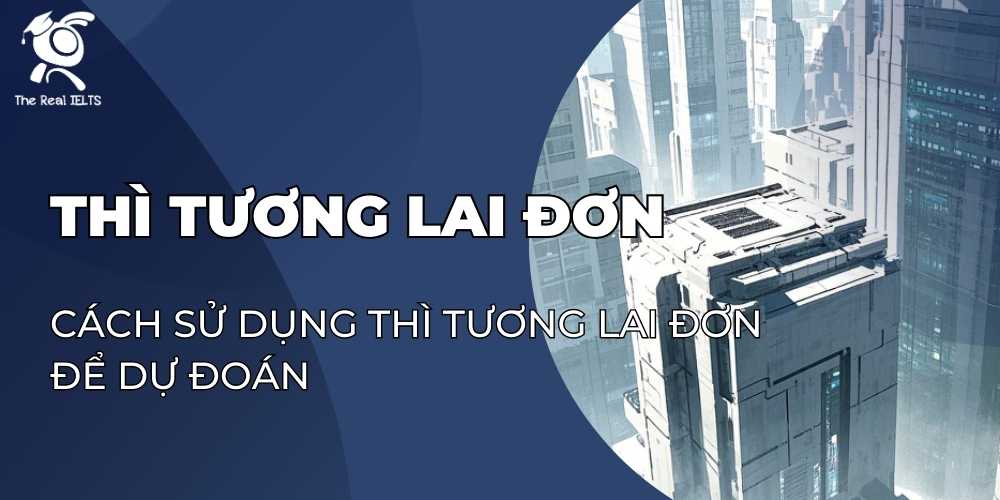Đề bài IELTS Writing task 2 dạng dạng Advantages and Disadvatages: E-books
You should spend about 40 minutes on this task
The rise of e-books over printed books. Do the advantages of this outweigh the disadvantages?
Write at least 250 words.
Bài mẫu IELTS Writing Task 2 dạng Advantages and Disadvatages:
Introduction
In recent years, e-books have gained immense popularity, gradually overshadowing traditional printed books. This shift has sparked a debate on whether the advantages of e-books truly outweigh the disadvantages. While e-books offer undeniable convenience and cost efficiency, some argue that printed books hold irreplaceable value. However, I believe that the benefits of e-books surpass their drawbacks in today’s digital world.
Body Paragraph 1: Advantages
One major advantage of e-books is their convenience. With e-books, readers can carry thousands of books in a single lightweight device, making them highly portable. This is particularly beneficial for students and professionals who need to access a large variety of texts without the burden of carrying physical books. For instance, a university student can store all their textbooks on a tablet, eliminating the need to carry a heavy backpack.
Another significant benefit is the cost-effectiveness of e-books. Generally, e-books are cheaper than printed copies because they do not require physical materials or shipping costs. Many educational institutions and libraries now offer free or discounted access to e-books, which makes reading more affordable and accessible to a wider audience. For example, platforms like Amazon Kindle and Google Books frequently offer discounted e-books or free versions of classic literature.
Body Paragraph 2: Disadvantages
Despite these advantages, there are certain drawbacks to the rise of e-books. One notable disadvantage is the strain on eyesight caused by prolonged screen time. Reading on digital devices for extended periods can lead to eye fatigue and discomfort, commonly known as “digital eye strain.” This is a growing concern, especially for individuals who spend long hours on screens for work or study. For example, people who already work on computers may find it exhausting to continue reading from a screen in their leisure time.
Another disadvantage is the loss of the sensory experience that printed books provide. Many readers enjoy the tactile feeling of holding a book, the smell of the pages, and the visual satisfaction of seeing their progress in a physical form. These elements create a more immersive reading experience, which is often lost with e-books. For instance, avid readers often express a nostalgic attachment to the printed book format, which enhances their overall enjoyment of reading.
Conclusion
In conclusion, while e-books offer convenience, cost savings, and greater accessibility, the potential downsides, such as eye strain and the loss of a sensory reading experience, cannot be overlooked. Nonetheless, in our increasingly digital world, the advantages of e-books seem to outweigh the disadvantages, particularly for readers who prioritize practicality over tradition. As technology continues to evolve, the prominence of e-books is likely to grow even further.
Thống kê cấu trúc câu và cấu trúc ngữ pháp
1. Cấu trúc câu:
- Simple Sentences (Câu đơn): Câu đơn thường dùng để truyền đạt các ý chính hoặc thông tin cụ thể.
- Ví dụ: This is particularly beneficial for students and professionals who need to access a large variety of texts.
- Compound Sentences (Câu ghép): Các câu ghép nối các mệnh đề độc lập bằng liên từ như and, but, hoặc so.
- Ví dụ: This shift has sparked a debate on whether the advantages of e-books truly outweigh the disadvantages.
- Complex Sentences (Câu phức): Câu phức kết hợp giữa mệnh đề chính và các mệnh đề phụ nhằm làm rõ ý hơn.
- Ví dụ: While e-books offer undeniable convenience and cost efficiency, some argue that printed books hold irreplaceable value.
- Compound-Complex Sentences (Câu ghép phức): Đây là loại câu bao gồm cả câu ghép và câu phức, thường dùng để diễn đạt các ý phức tạp hơn.
- Ví dụ: Many readers enjoy the tactile feeling of holding a book, the smell of the pages, and the visual satisfaction of seeing their progress in a physical form.
2. Cấu trúc ngữ pháp:
- Passive Voice (Câu bị động): Sử dụng bị động để nhấn mạnh hành động hơn là người thực hiện hành động.
- Ví dụ: E-books have gained immense popularity (bị động của thì hiện tại hoàn thành).
- Present Perfect Tense (Thì hiện tại hoàn thành): Được dùng để diễn tả những hành động bắt đầu từ quá khứ và kéo dài đến hiện tại hoặc có kết quả liên quan đến hiện tại.
- Ví dụ: E-books have gained immense popularity.
- Modal Verbs (Động từ khuyết thiếu): Động từ khuyết thiếu như can, may, will thường được dùng để diễn đạt khả năng, sự cần thiết, hay dự đoán.
- Ví dụ: This is particularly beneficial for students who need to access…
- Conditional Sentences (Câu điều kiện): Thường dùng để diễn tả tình huống giả định.
- Ví dụ: If they prioritize practicality over tradition, e-books become the superior choice.
- Relative Clauses (Mệnh đề quan hệ): Dùng để bổ sung thông tin cho danh từ đứng trước.
- Ví dụ: People who already work on computers may find it exhausting…
Các từ vựng tiếng Anh cần lưu ý trong bài viết
1. Từ vựng liên quan đến chủ đề chính (E-books và Printed Books):
- E-books: Sách điện tử.
- Printed books: Sách in, sách giấy.
- Digital devices: Thiết bị điện tử (ví dụ: tablet, e-reader).
- Cost-effectiveness: Hiệu quả về mặt chi phí, giá cả hợp lý.
- Portability: Tính di động, dễ dàng mang theo.
- Convenience: Sự tiện lợi.
- Accessibility: Khả năng tiếp cận (trong bối cảnh này là dễ tiếp cận sách điện tử hơn).
2. Từ vựng mô tả ưu điểm:
- Immense popularity: Sự phổ biến lớn lao.
- Affordable: Có giá cả phải chăng.
- Lightweight: Nhẹ nhàng (chỉ trọng lượng của thiết bị).
- Storage: Khả năng lưu trữ.
- Discounted access: Việc tiếp cận với giá ưu đãi hoặc giảm giá.
3. Từ vựng mô tả nhược điểm:
- Eye strain: Mỏi mắt.
- Fatigue: Sự mệt mỏi.
- Tactile feeling: Cảm giác khi chạm vào (như khi cầm cuốn sách).
- Nostalgic attachment: Sự gắn kết mang tính hoài niệm.
- Sensory experience: Trải nghiệm giác quan (đối với việc đọc sách in).
4. Từ vựng liên quan đến quan điểm, lập luận:
- Outweigh: Vượt trội hơn, quan trọng hơn.
- Drawback: Bất lợi, hạn chế.
- Prolonged: Kéo dài (ví dụ: prolonged screen time).
- Irreplaceable: Không thể thay thế.
- Growing concern: Mối lo ngại ngày càng gia tăng.
5. Từ vựng về liên từ và cách kết nối ý:
- However: Tuy nhiên.
- Despite: Mặc dù.
- While: Trong khi (thường dùng để nối các ý đối lập).
- Nonetheless: Tuy nhiên, mặc dù vậy.
- For instance/For example: Ví dụ.
- In conclusion: Kết luận.
Đọc thêm về bài viết gợi ý luyện thi IELTS.















